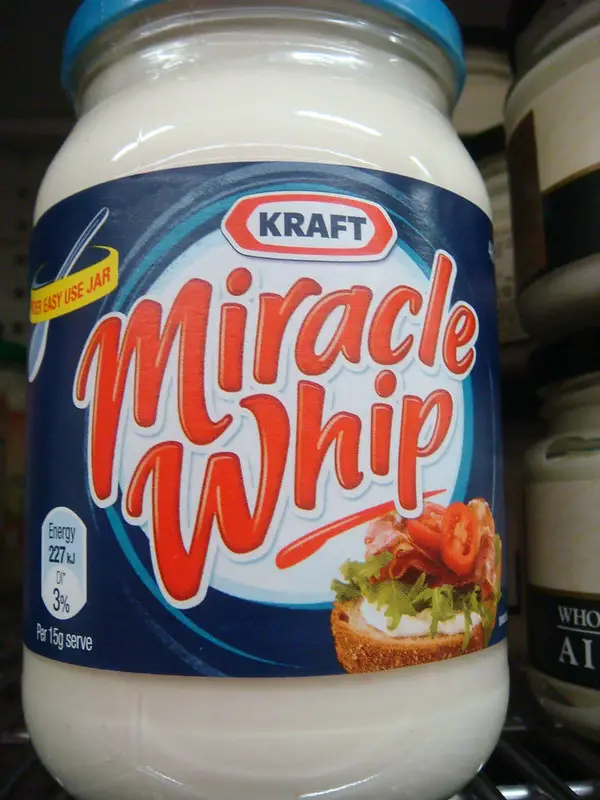The Real Difference Between Mayonnaise and Miracle Whip
If you’re someone who typically avoids mayonnaise, it might be time to reconsider. While mayo may not appeal to everyone at first glance, it’s actually one of the most versatile condiments in the kitchen. Beyond its role in classic dishes like egg salad or potato salad, mayonnaise is essential in beloved sandwiches like the BLT. But its uses don’t end there—mayonnaise can also add a golden crisp to your grilled cheese or extra moisture to your chocolate cake. Surprising, isn’t it?
Many people who dislike mayo often reach for Miracle Whip instead, while others strongly prefer traditional mayonnaise and avoid Miracle Whip entirely. So what really sets these two products apart? And can they be used interchangeably? Let’s take a closer look.

What Is Mayonnaise?
Mayonnaise is a creamy emulsion made by combining fat (usually oil) with water, bound together by an egg yolk. The egg acts as an emulsifier, allowing the oil and the liquid—typically vinegar or lemon juice—to blend smoothly. Unlike many salad dressings that tend to separate over time, mayonnaise maintains its rich, spreadable texture because of this emulsification process.
According to the U.S. Food and Drug Administration (FDA), for a product to be labeled as “mayonnaise,” it must contain at least 65% vegetable oil by weight. While store-bought mayonnaise is the norm for many, homemade mayo is also an option for those who want to control ingredients or explore fresher flavors.
What Is Miracle Whip?
Miracle Whip was introduced in 1933 as a cost-effective alternative to traditional mayonnaise. While it includes some of the same foundational ingredients—such as eggs, oil, and vinegar—it also contains added sweeteners and spices. Due to its lower oil content, Miracle Whip doesn’t meet the FDA’s criteria to be classified as mayonnaise. Instead, it’s officially considered a “dressing.”

Nutrition and Taste: How Do They Compare?
From a nutritional standpoint, Miracle Whip contains significantly less fat and fewer calories than standard mayonnaise—nearly half, in fact. This might make it an appealing option for those watching their caloric intake. However, this comes with a trade-off: Miracle Whip is sweetened with high-fructose corn syrup and contains more sugar than most mayonnaise brands, making it a less healthy option in other respects.
In terms of flavor, the difference is quite distinct. Miracle Whip has a tangier, sweeter taste with a bit more spice, while traditional mayo has a milder, richer flavor. Preference comes down to personal taste—some enjoy the boldness of Miracle Whip, while others favor the classic creaminess of mayonnaise.
Can You Substitute One for the Other?
For most recipes, yes—you can generally substitute Miracle Whip for mayo and vice versa. Whether you’re mixing up a tuna salad, dressing a sandwich, or whipping together a cold pasta salad, both condiments can serve the same function. However, there are a few exceptions to keep in mind.
When baking, for example, mayonnaise is sometimes used to enhance moisture and texture. In these cases, it’s important to ensure you’re using a product that contains real eggs and enough fat. Some reduced-fat or fat-free versions of both mayonnaise and Miracle Whip may not perform well in baked recipes, resulting in separation or poor texture.
Final Thoughts
At the end of the day, the choice between mayonnaise and Miracle Whip comes down to your nutritional goals and flavor preferences. Mayonnaise offers a neutral, creamy base that works well in a wide range of dishes, while Miracle Whip brings a zesty, sweet twist that some find more appealing.
So whether you’re making sandwiches, mixing up a salad, or adding a secret ingredient to your cake batter, knowing the difference between mayo and Miracle Whip can help you make the right choice for your taste buds—and your recipe.
Bon appétit!
